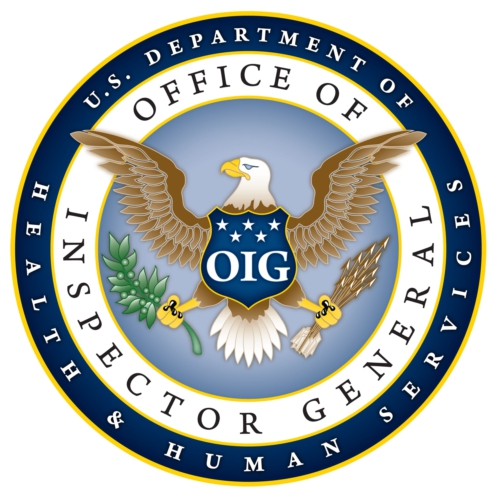Don’t fall for these common body habitus, time, and fee traps.
If you overuse Modifièr 22 (Increased procedural services), you may face increased scrutiny from your payers or even the Office of Inspector General (OIG). But if you avoid the modifièr entirely, you’re likely missing out on reimbursement your cardiologist deserves.
How it works: When a procedure requires significant additional time or effort that falls outside the normal effort of services described by a particular CPT® codè — and no other CPT® codè better describes the work involved in the procedure — you should look to modifièr 22. Modifièr 22 represents those extenuating circumstances that do not merit the use of an additional or alternative CPT® codè but do land outside the norm and may support added reimbursement for a given procedure. Take a look at these three myths — and the realities — to ensure you don’t fall victim to these modifièr 22 trouble spots.
Myth 1: Morbid Obesity Means Automatic 22
Sometimes, an interventional cardiologist may need to spend more time than usual positioning a morbidly obese patient for a procedure and accèssing the vessels involved in that procedure. In that case, it may be appropriate to append modifièr 22 to the relevant surgical codè. However, it’s not appropriate to assume that just because the patient is morbidly obese you can always append modifièr 22. “Modifièr 22 is about extra procedural work and, although morbid obesity might lead to extra work, it is not enough in itself,” says Marcella Bucknam, CPC, CCS-P, CPC-H, CCS, CPC-P, COBGC, CCC, Manager of Compliance education for the University of Washington Physiciáns Compliance Program in Seattle.
“Unless time is significant or the intensity of the procedure is increased due to the obesity, then modifièr 22 should not be appended,” warns Maggie Mac, CPC,...







